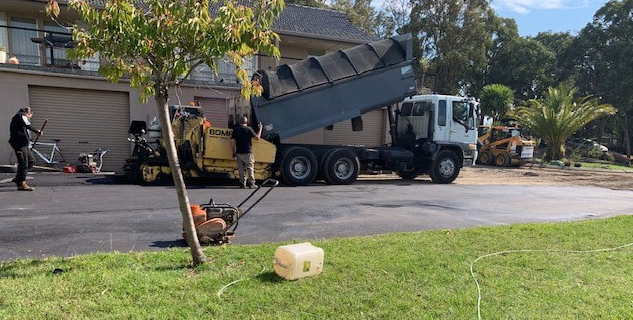When it comes to achieving long-lasting asphalt and bitumen surfaces, many people focus on the sealing product and application. However, even the best seal in the world can’t compensate for poor grading beneath it. At Tailem Bend Road Tech SA in Tailem Bend, SA, we’ve seen time and again how surface longevity depends just as much on what’s below as it does on what’s above.
Let’s explore how improper grading can silently undermine an otherwise perfect surface.
What Is Grading in Surface Construction?
Grading refers to the process of shaping the ground to ensure proper drainage and structural support for the surface layer. It’s one of the first and most important steps in any road, driveway, or hardstand project. The goal of grading is to:
- Direct water away from the pavement
- Prevent pooling or erosion
- Establish a stable foundation
- Support consistent load distribution
Without proper grading, even the most expensive surface materials will eventually fail.
The Connection Between Grading and Surface Performance
Once a surface is sealed—whether with spray & seal bitumen or asphalt—its ability to withstand the elements depends heavily on what lies beneath. Poor grading introduces a number of risks:
Water Pooling
Standing water is one of the most common symptoms of poor grading. It can:
- Soften the sub-base and cause settlement
- Lead to surface cracks as water penetrates
- Reduce skid resistance and safety
- Accelerate material degradation
Subsurface Erosion
Incorrect slopes can channel water beneath the surface instead of away from it, washing out fine particles from the base layer. Over time, this erosion leads to weak spots and eventual collapse.
Premature Cracking and Deformation
When the underlying grade isn’t consistent, sections of the pavement can flex unevenly. This stress results in:
- Alligator cracking
- Surface waves or depressions
- Edge cracking where water is trapped
These issues are often misattributed to poor sealing, when in fact the underlying problem is hidden grading errors.
Signs That Poor Grading May Be Undermining Your Surface
It’s not always easy to spot grading issues until it’s too late. However, some early warning signs include:
- Puddles that linger after rain
- Ruts forming along the same areas of traffic
- Cracks forming in low spots
- Erosion around edges
- Water running toward rather than away from the surface
If these are observed—even on a newly sealed surface—it may be time to reassess the foundation work.
Correcting Poor Grading
If poor grading is identified, addressing it quickly can prevent further damage. Depending on the extent of the issue, solutions may include:
- Removing and reshaping the sub-base
- Installing additional drainage infrastructure
- Regrading adjacent surfaces or verges
- Applying new surface layers over corrected base
Surface sealing should only be done once the grading is correct. Sealing over a poorly graded area will trap problems underneath and can lead to expensive rework down the line.
Best Practices for Grading Before Sealing
To ensure long-term success with asphalt or spray & seal bitumen surfacing, follow these key steps:
- Use laser or GPS-guided grading equipment for precision
- Ensure a consistent crossfall or crown in the centre to direct runoff
- Compact sub-base thoroughly to avoid settlement
- Design proper edge support to prevent lateral movement
- Confirm positive drainage before sealing
Conclusion
A sealed surface is only as good as the groundwork beneath it. At Tailem Bend Road Tech SA in Tailem Bend, SA, we prioritise proper grading to ensure every asphalt or bitumen job delivers lasting value. Ignoring this vital step can turn a perfect seal into a premature failure. If you’re investing in surfacing, make sure the foundation is built to support it from day one.
Call us on: 08 5122 4181
Click here to find out more about Tailem Bend Road Tech SA
Click here to complete our contact form and see how we can help with your Asphalt and Bitumen Surfacing needs.

